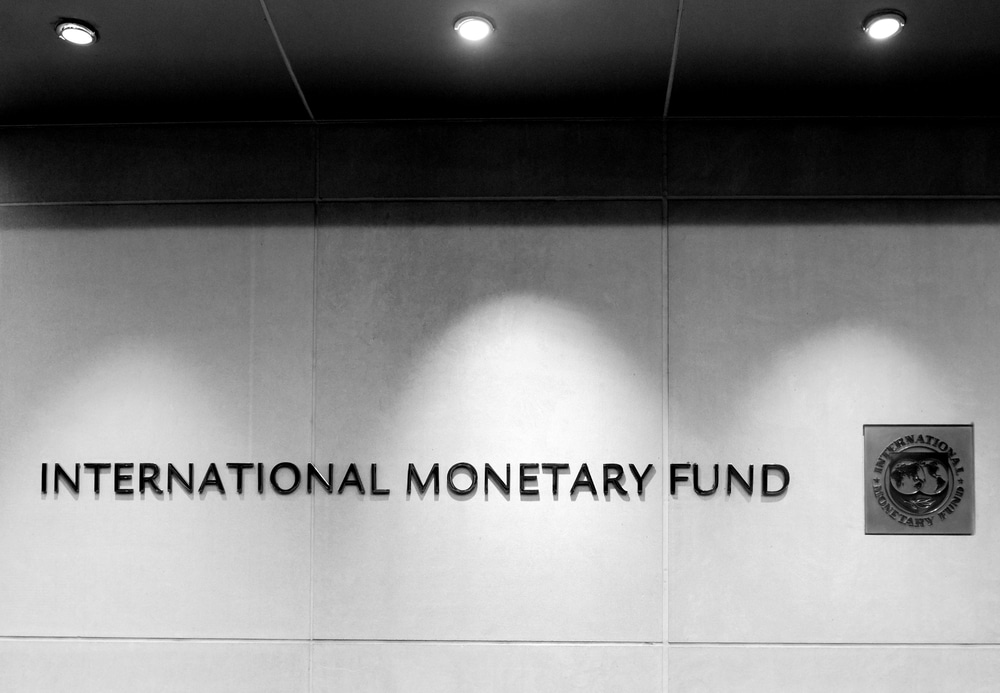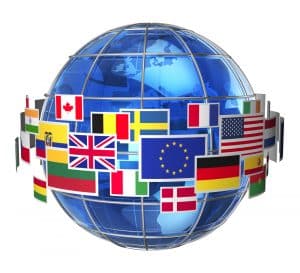Origin of the IMF
The International Monetary Fund (IMF) was founded in 1944 during a UN conference in Bretton Woods. The 44 countries that attended the conference focused on formulating a framework that would strengthen international economic cooperation after World War II. Their aim was to prevent the recurrence of ineffective policies that would trigger similar conflicts. Besides, the nations were keen on solving the issue of currency devaluations, which was one of the underlying factors of the Great Depression.
The conceived IMF had the primary role of ensuring that the international monetary system remains stable. By promoting the principle of shared prosperity, the organization enables countries and their people to trade with each other efficiently.
Who is in control of the IMF?
The organization is answerable to the governments of its 190 member countries. All its members are integral to the decision-making processes. As such, each of the integrated nations is represented in the organization’s Board of Governors through a governor and alternate governor. These officials are usually of high ranks in their country’s ministry of finance or central bank. This group meets once for the IMF-World Bank Annual Meeting.
Out of the organization’s Board of Governors, 24 of them are selected as part of the IMFC (International Monetary and Financial Committee). The selected governors usually represent one or several nations. The IMFC has the responsibility of advising the organization’s Executive Board on managerial matters. The Executive Board, which comprises 24 officials, handles the IMF’s day-to-day dealings.
Role of the IMF
One of the IMF’s key roles is to foster international economic stability. As such, the institution uses its surveillance system to monitor the policies of its member countries. It also keeps an eye on economic developments at the federal, national, and international levels. Besides, the IMF advises governments on policies that will promote monetary stability and avoid financial crises. The External Sector Report, Global Financial Stability Report, and World Economic Outlook are some of its popular analyses on global financial matters.
IMF also lends to its member states when they are experiencing a financial crisis or are on the verge of getting into one. The loan aids the country to stabilise its currency and economy, replenish its international reserves, and pay for its imports.
Furthermore, the organization engages in capacity development by working with federal governments to improve its economic institutions and policies. This is in an effort to increase employment and economic growth at a national level.
Where does the IMF source its funds?
The main source of funds for the IMF is the quotas paid by its member countries. The quotas depend on the size of a nation’s economy. Subsequently, states with higher contributions have more voting rights in the organization.
The nations pay 25% of their quotas as SDRs (special drawing rights). While SDRs are not a currency, the member states can freely exchange the reserve assets with each other for currencies. Currently, the total allocations are around SDR 477 billion ($661 billion).
Multilateral borrowing is the other way that the IMF gets its funds. Under the New Arrangements to Borrow (NAB), institutions and member countries readily lend extra finances to the organization. As of January 2020, the NAB funds were increased to SDR 365 billion from SDR 182 billion. However, the new figures are subject to the consent of the lenders.
Bilateral borrowing agreements further increase the IMF’s financial reserves. The institution’s current commitments of BBAs are at $434 billion (SDR 318 billion).



